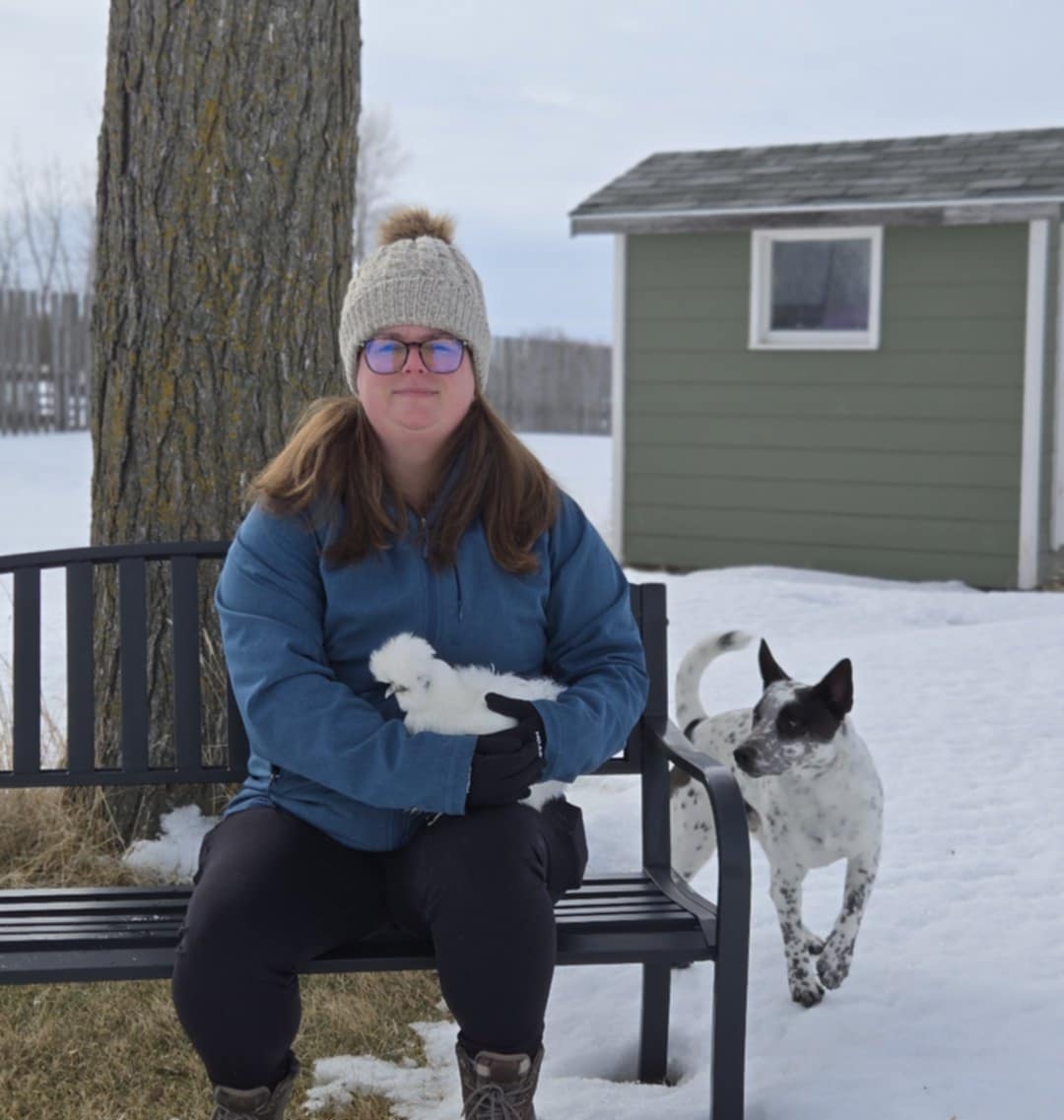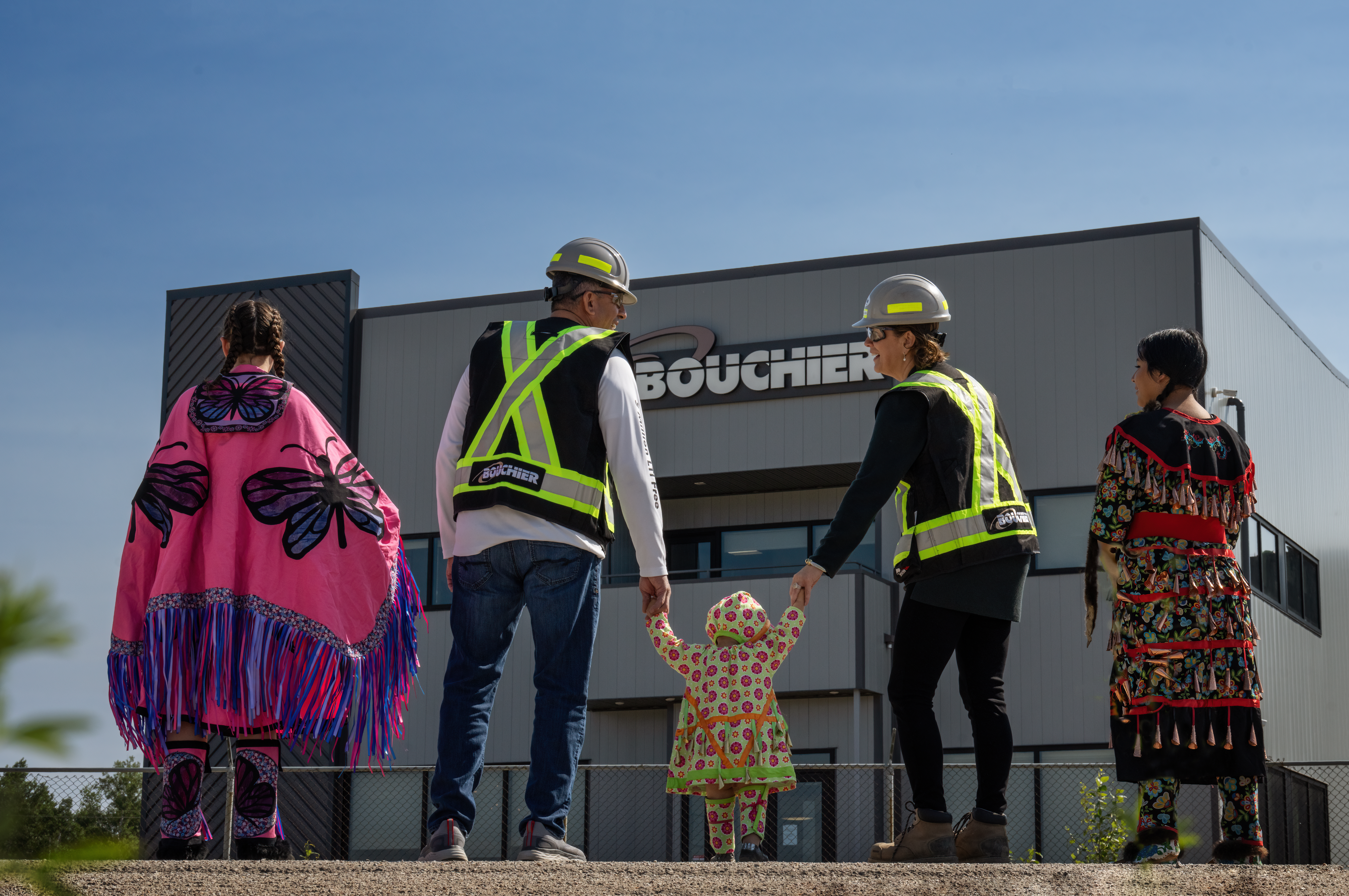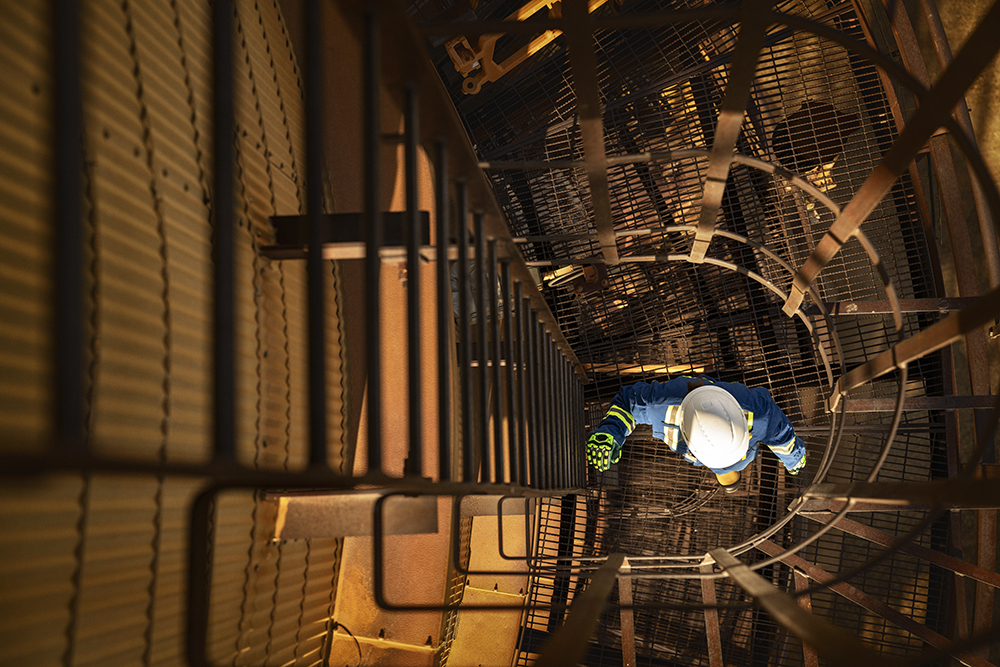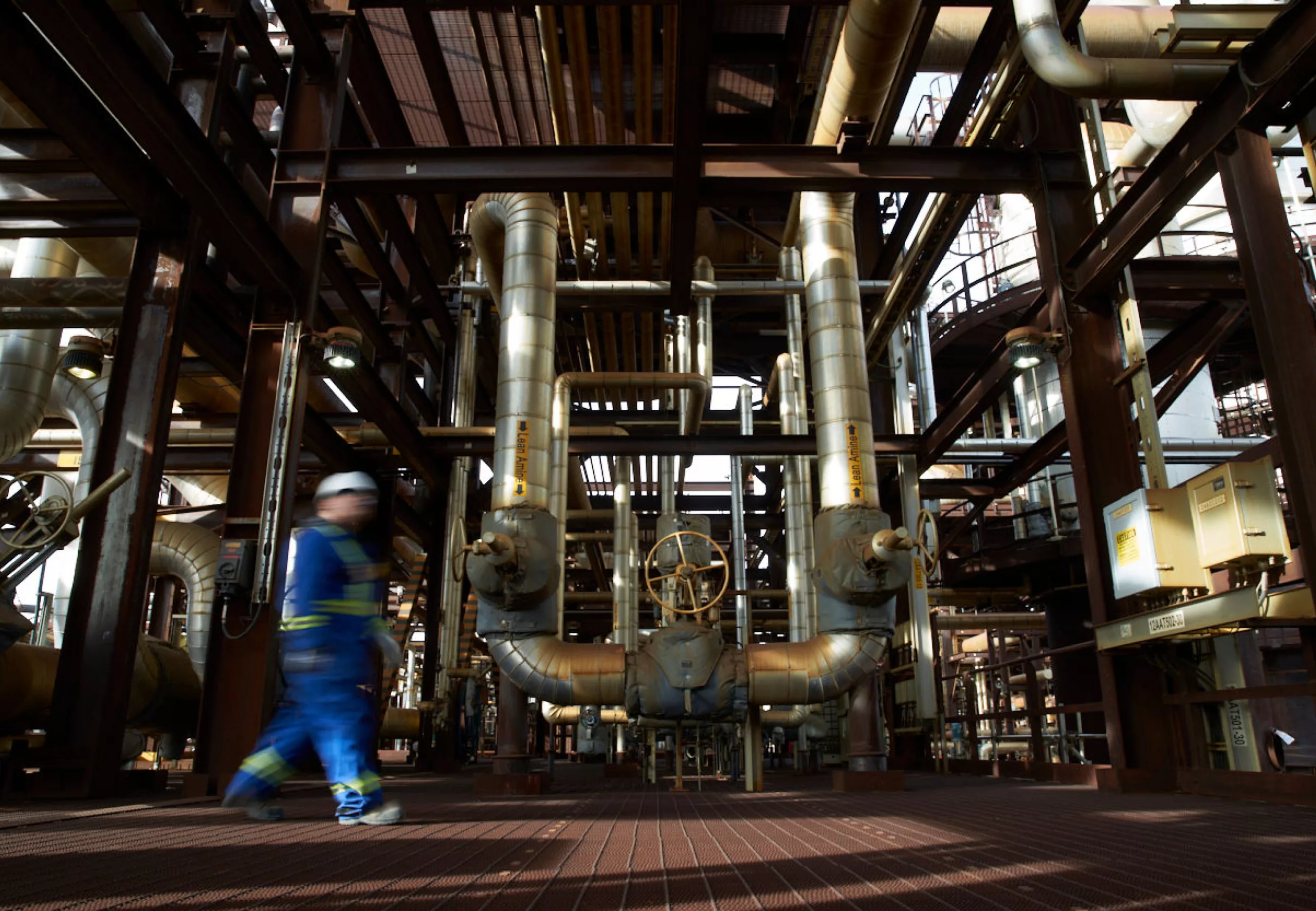Advice from a Biologist: “With science, the possibilities are practically endless”
March 5, 2025

Growing up on a dairy farm in small town Saskatchewan, Ellen Widdup, Advisor at COSIA – the innovation arm of Pathways, has always felt a natural connection to living things. Her favourite movie as a kid was Medicine Man, where Sean Connery plays a scientist in the Amazon rain forest, which Ellen says was her dream job.
In the 1980s and 90s, environmentalism became prevalent in media and pop culture1. Shows and movies like Captain Planet and FernGully: The Last Rainforest were bringing these issues to the forefront, and Ellen remembers it having an impact on her when she was growing up.
“There was definitely a lot of information coming out at the time about deforestation and the Amazon. I was interested in the environment from a young age so by the time I was a teenager, I was all about saving the rainforest.”
In high school, Ellen was interested in biology and she remembers her high school teacher, Susan Long, encouraging her.
“She made learning really fun and interesting, and taking her class was an affirmation that biology is, in fact, really cool.”
After graduating, Ellen headed to Montreal to attend McGill University, though her first degree was a Bachelor of Arts despite her interest in science.
“I had a hard time choosing a major, because I had so many interests. I liked too many different things. I completed a Bachelor of Arts in Anthropology, but felt like there was something missing in my life. So after a couple of years in the workforce, I decided to go back and pursue a second degree in biology.”
Ellen moved to Calgary for her Bachelor of Science in Biology and went on to complete her masters. Her thesis was focused on using plants to aid remediation in oil sands mining operations.
“When I heard about the research project, I thought ‘I have to do that for my thesis’. It sounded so interesting and topical. It was the reason I decided to do my masters in the first place – because it seemed like an opportunity to help make a difference and really spoke to that part of me that wanted to help the environment.”
Through the project, which was partially funded by COSIA, she was exposed to the many initiatives underway to help advance environmental innovation in the oil sands.
“I got to see the work the member companies were doing, and I realized that these people care about making a difference, they want to make things better. As I got to know more about the history of COSIA and the organizations that came before it, I could see it was something industry was really invested in.”
After completing her thesis and contributing to four published, peer-reviewed journal articles, Ellen briefly worked at the Government of Alberta and eventually made her way to a role as a teaching and research support technician at the U of C’s veterinary school. While there, she worked on a wide array of research projects in addition to supporting veterinary student labs.
“I got to do all kinds of interesting things. I did fertility testing for a giant panda, testing her estrogen and progesterone levels. I worked on projects where I extracted DNA from narwhal skin samples and horse embryos. I spent an inordinate amount of time looking at parasites under a microscope, there was no shortage of variety.”
After four years with the University, Ellen was ready for a change, and an opportunity opened up at COSIA in the greenhouse gas emissions (GHG) environmental priority area (EPA).
“The job was appealing to me because it felt like a chance to have that greater purpose of helping with environmental challenges. I wanted to feel like I was making a difference, and this role seemed like a good way to do that.”
As of March, she’s been in the role for five years. A marked departure from her work as a biologist, Ellen loves learning new things and the breadth of work she’s exposed to in the GHG EPA.
“Coming into the GHG EPA, it’s very engineering focused and I’ve enjoyed that because it’s something completely new to me.”
She also loves working with the COSIA member companies to help enable new technologies and ideas.
“I really enjoy working with the members and being in that supportive role, helping them succeed and further environmental technologies and best practices.”
And while these days she may be delving more into innovation and engineering, her connection to plants and animals remains. Ellen and her husband live on a farm where they have an array of animals.
“We have four dogs, a house cat and 20 chickens.”
Twenty chickens, all with unique personalities – from Cream Puff, the little white chicken, to Jonny Dumbledore the rooster, to the three hens named Hennifer because it’s almost impossible to tell them apart.
When Ellen reflects on her career so far, what stands out is the range of possibilities within the field of science.
“There are so many different aspects to science, and my career has been an example of that. From being in a lab extracting narwhal DNA to working with oil sands companies to help enable innovation, there are so many different paths you can take!”
- https://www.linkedin.com/pulse/usas-conservation-movement-began-making-rainforests-/ ↩︎


